
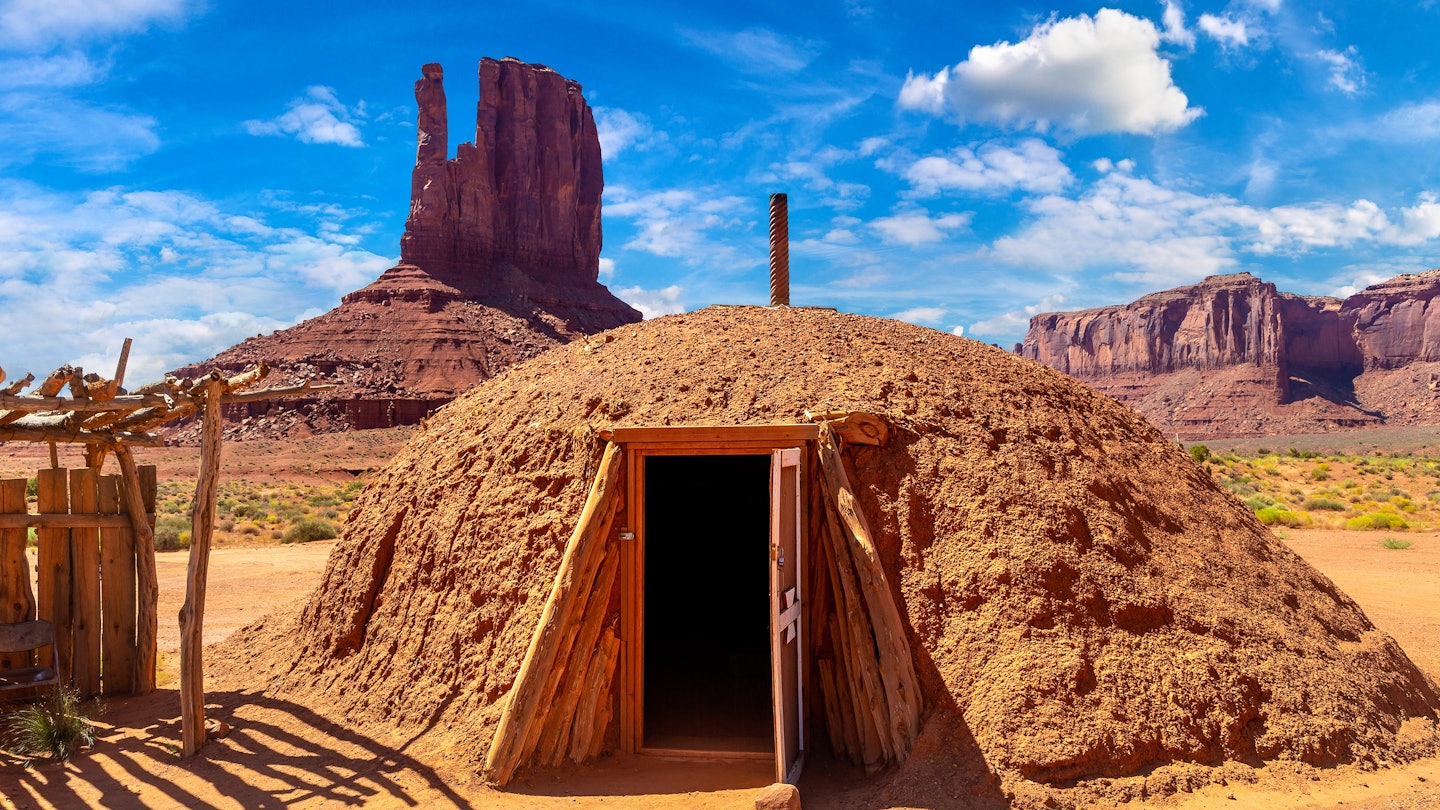
Leave your assumptions behind and find out more about visiting this fascinating region of the USA. Sergii Figurnyi/Shutterstock
The largest American Indian reservation in the United States, the Navajo Nation spans three states – New Mexico, Arizona and Utah – and covers an area nearly the size of West Virginia.
To put it mildly, the vast reservation is different from other places you’ll encounter in the USA. In many areas, there is no electricity, running water or cell phones; most residents 65 and over do not speak English; and centuries-old ceremonies still take place on a regular basis. To fully appreciate your time in the Navajo Nation, to get the most out of your time in this special place and – importantly – to avoid scorn from the reservation’s Navajo residents, it’s important to be a respectful visitor. The tips I suggest below should help.
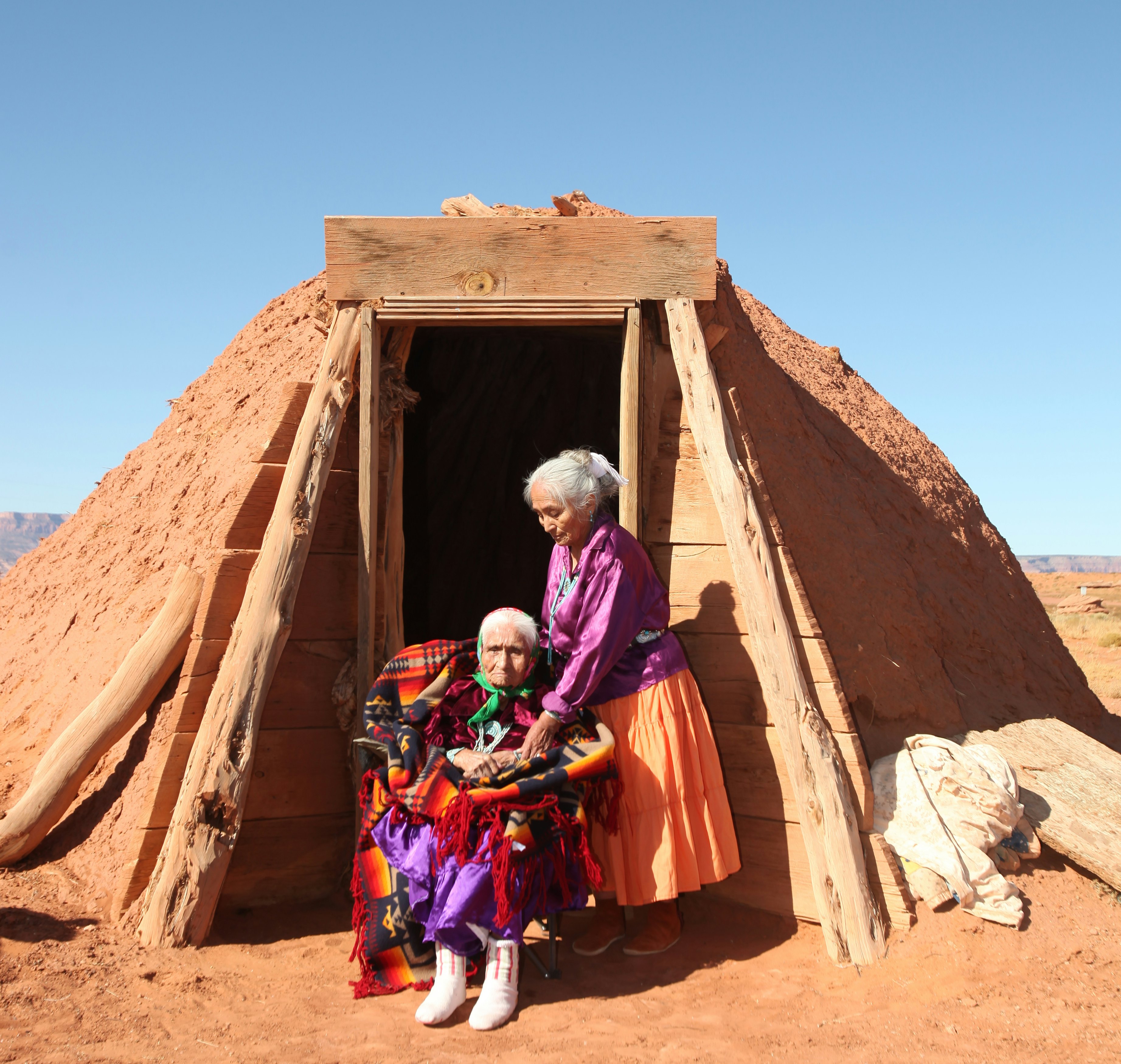
Things to know before you visit the Navajo Nation
Always check if a guide is required before visiting specific locations. A list is usually available on the tribe’s DiscoverNavajo.com website.
Avoid off-road driving or causing damage to natural areas.
Do not drive too fast as it stirs up dirt.
Respect restrictions like “no bicycles” in certain areas like Monument Valley.
What to expect when you visit the Navajo Nation
The very first thing first-time visitors to the Navajo Nation ask is: “Is it similar to a Tony Hillerman novel?'” While it’s true that you can get a sense of Navajo culture by reading Hillerman’s mystery books, they are fictional, and many things he writes about are not entirely accurate (he withholds many things so as to not give away tribal secrets). Watching the TV series Dark Winds can also offer a glimpse into Navajo life in the 1970s.
When visiting the Navajo Nation, it’s crucial to follow local rules, such as staying on designated roads and trails. For example, in Arizona’s Monument Valley, visitors must remain on Valley Dr and not wander into areas where Navajo families live. The only authorized hiking trail you can tackle without a guide is the 3.9-mile (6.3km) Wildcat Trail.
Forrest Gump Hill near Monument Valley lies at Mile 13 on Hwy 163. (It’s famous as the place where, in the movie of the same name, Forrest Gump ended his run.) While the view is stunning, be mindful of oncoming traffic when taking photos.
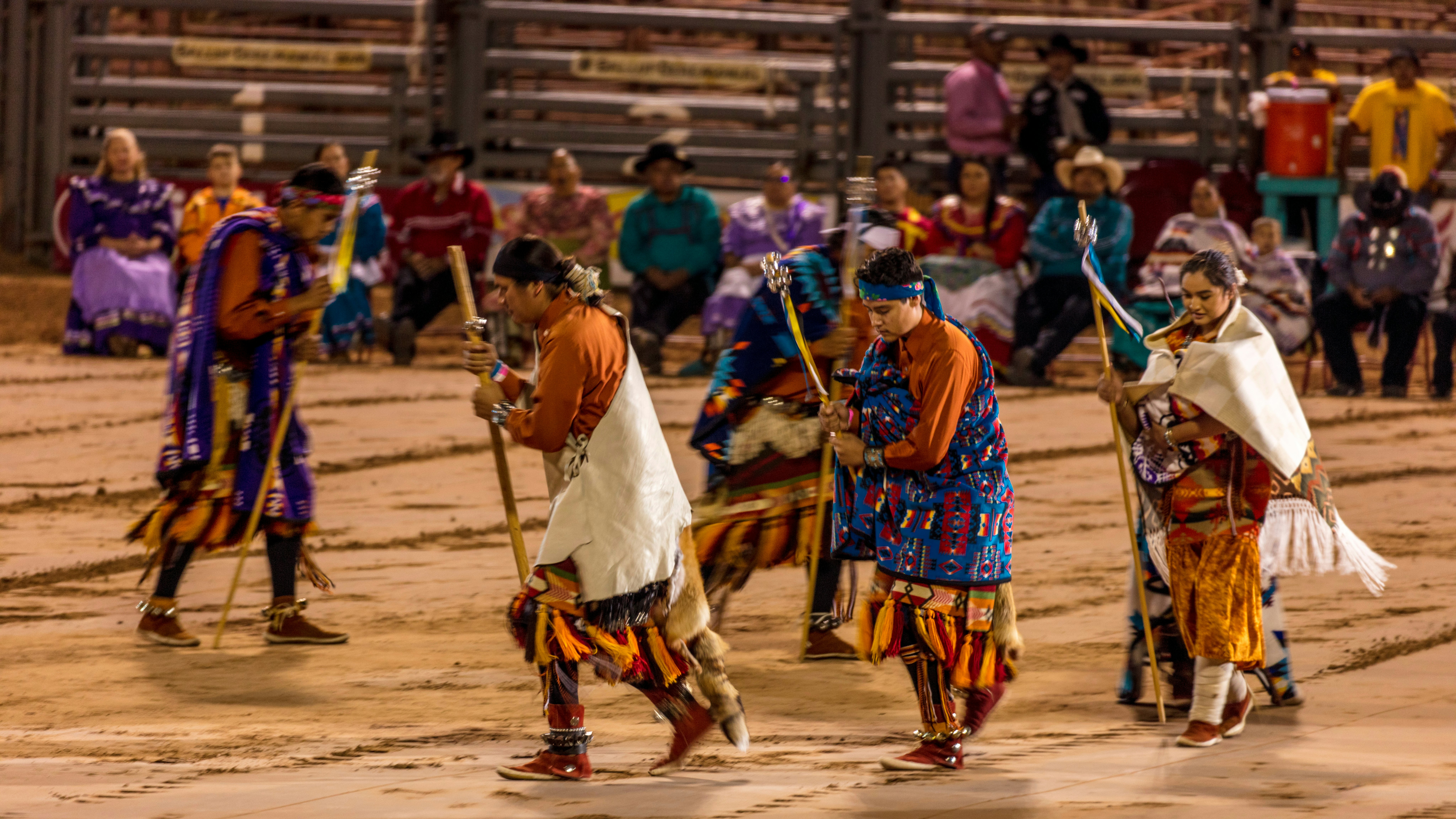
Attending events and ceremonies in the Navajo Nation
If you choose to attend a meeting at the Navajo Nation Council Chambers, be quiet inside and turn off your cell phone, especially if a meeting is taking place. If attending a chapter meeting, also remain quiet. Since you are an outsider and not a tribal member, you do not need to sign in to attend. Treat these sessions as you would a city council meeting.
When visiting sacred sites or attending ceremonies such as the Kinaaldá (a coming-of-age ceremony for girls), it is crucial show respect by observing in silence. Modest attire is recommended, and guests should bring a gift of food if invited.
For ceremonies like the Yei Bi Chei (a traditional nine-day ceremony), it’s best to attend with a Navajo companion to ensure you follow proper protocols.
While traveling on reservation roads, you might see signs for cultural events such as “Ndaah” or “Squaw Dance.” These events are often for Navajo community members; visitors should approach them the same way they would a church service. Always confirm whether visitors are welcome before attending – and remember that certain ceremonies are private, unless a Navajo invites you.
How to be respectful when attending Navajo events and ceremonies
During prayers, songs and talks, one should not interrupt and should remain respectfully silent and out of the way when inside the ceremonial hogan (or home-site area).
If you meet a medicine man, be respectful of their time and purpose. Many are elderly and may not speak English. Avoid pressing them with questions, as they may be engaged in important cultural responsibilities.
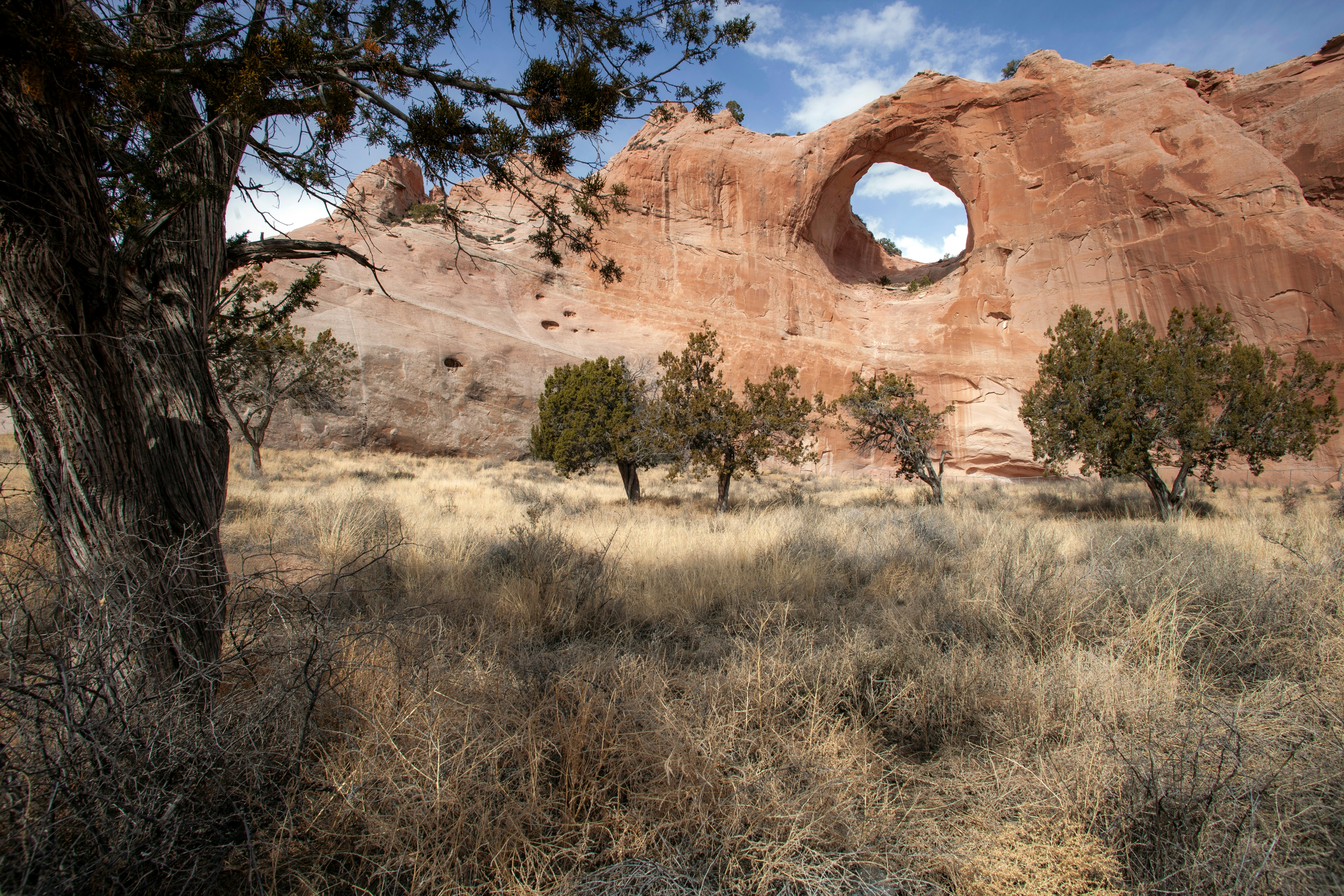
Things to know about visiting national parks and archaeological sites
Never enter or alter archaeological sites.
Avoid entering private property without permission.
Do not deface rock walls or structures.
Things to know about taking photographs on the Navajo Nation
If you are taking photos for personal use, no permit is needed. For any commercial photography or video, however, you must obtain a permit from the Navajo Parks & Recreation Department in Window Rock.
Certain events, like ceremonies or Native American Church gatherings, are off-limits for photography. Always ask permission before photographing Navajo people, their homes or their animals.
What to wear (and what not to do) when visiting the Navajo Nation
While visiting the Navajo Nation, maintain modest dress and avoid clothing that is revealing or tight. “Appropriate attire” means dressing modestly; covering your skin is recommended. If you are uncertain, ask for guidance on how to proceed or act.
Avoid loud and boisterous behavior, as it can be considered disrespectful.
Displays of affection, such as hugging or touching, should only be done with permission. Also note that direct eye contact can be considered impolite in some contexts.
Navajo people often have a reserved demeanor, especially around strangers. Respect their space and limit unnecessary conversation.
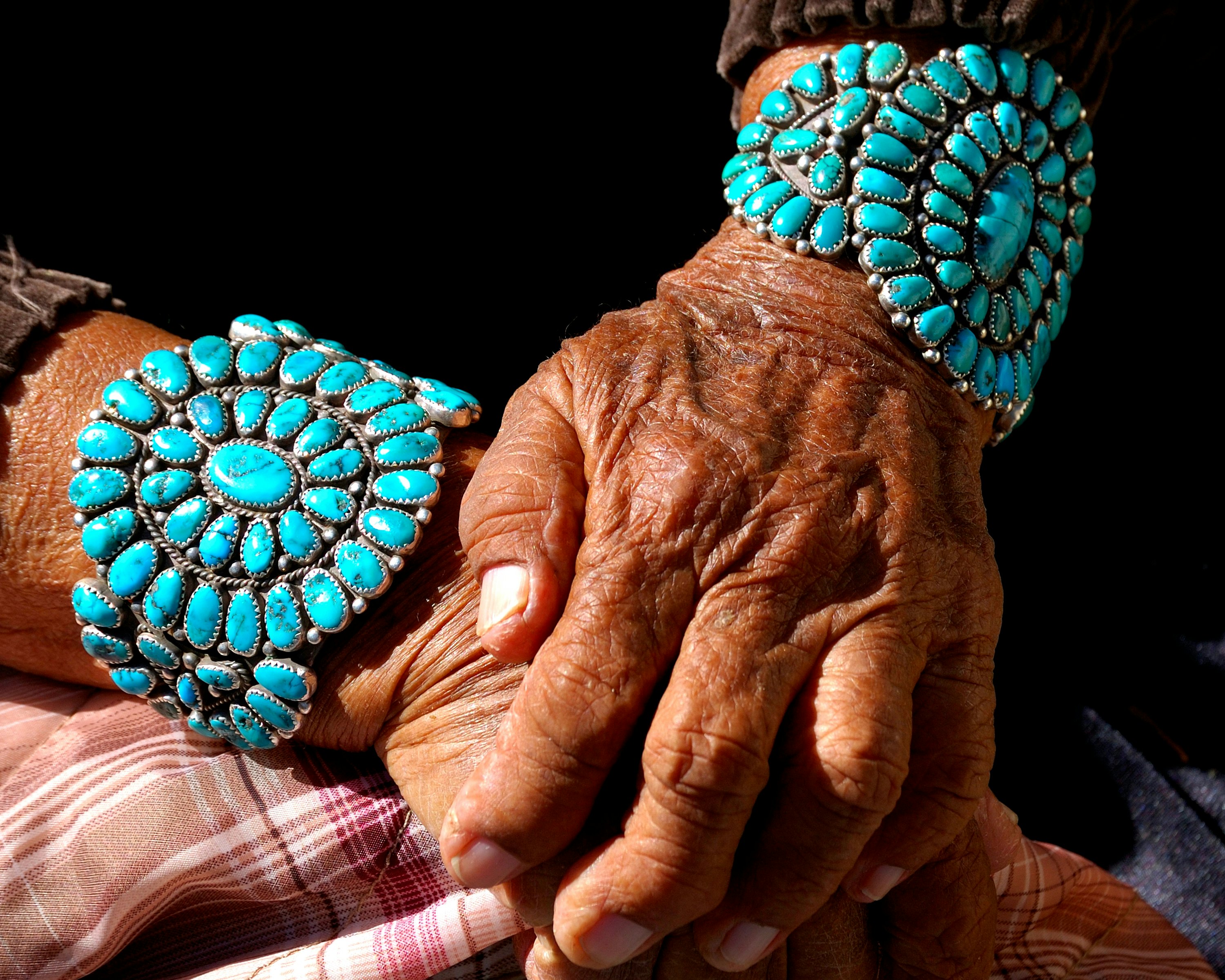
Tips for purchasing Navajo arts and crafts
When buying Navajo arts and crafts, it’s important to be courteous. Avoid questioning craftspeople aggressively about the authenticity of their silver or stones, as this is unnecessary – and potentially insensitive. Most are dedicated artisans, and there is a strong tradition of self-regulation within the community.
Refer to reputable guides (like my NativeAmericanGuide.com) for tips on where to find authentic goods and how to buy directly from the source. Many well-established trading posts and stores – both on an off the reservation – offer genuine items.
Never raise your voice or make accusations. Keep an eye out for quality artisanship – but trust that most sellers operate with integrity.
How to handle panhandlers in the Navajo Nation
If you plan to spend time on the reservation, you might encounter individuals asking for money, as you might in a major city. Often, such requests may be related to purchasing alcohol, which the tribe disapproves of but cannot fully control. If you feel uncomfortable, a polite “no” usually suffices. In some cases, it may be best to walk away to avoid confrontation. To avoid further interactions, offering a small amount of change can sometimes deter continued requests.
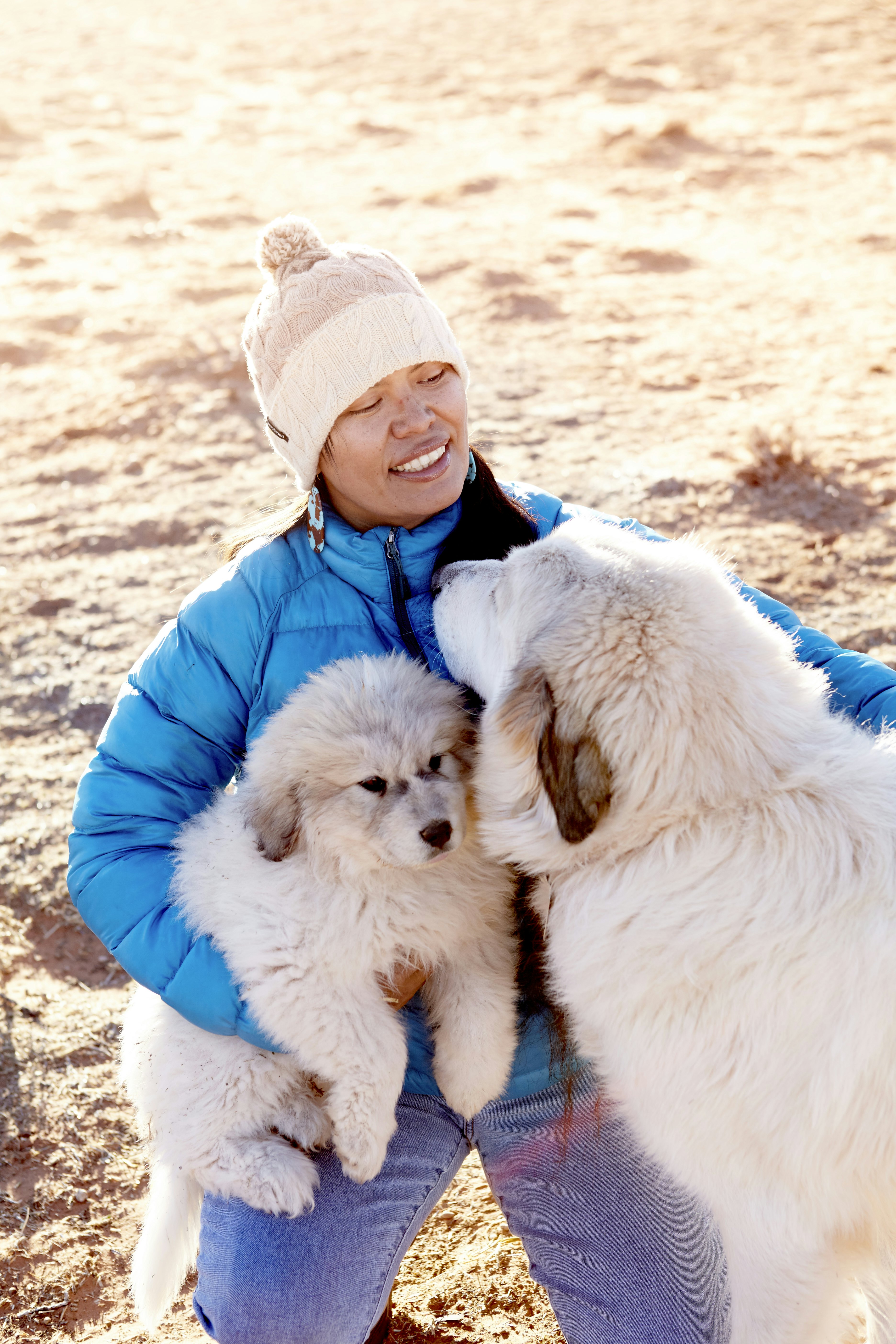
During your Navajo Nation visit, leave all stereotypes behind
A few common misconceptions about Navajo life are widespread. For instance, Navajos do not live in tipis; traditional Navajo homes include hogans (eight-sided structures with the entrance facing east), or modern housing.
While older residents in remote areas may be more comfortable speaking in Navajo, and an interpreter may be needed, most Navajos speak English. It’s worth noting that fewer than half a percent of Navajo children today enter school speaking the language.
Be aware of certain Navajo cultural taboos
Navajo culture includes many taboos, and it’s helpful to be aware of a few. For example, do not look at an eclipse, or eat or sleep during one. (If a convenience store suddenly closes at noon with a sign that says “Reopens after Eclipse,” you will know why.) Respect these traditions, as they are deeply meaningful to many Navajo people.
Don’t point at a rainbow with your index finger (for you might lose it!); instead, use your thumb. Don’t throw objects at a dust devil (whirlwind). Don’t curse at or run into a whirlwind: this will affect your heart. Do not touch trees or rocks struck by lightning.
Don’t miss out on Navajo cuisine
Visitors will find many safe and delicious dining options throughout the reservation, from restaurants in larger towns to roadside stands offering traditional Navajo dishes. Roadside stands and food booths must have a permit (usually posted), and tribal health workers frequently inspect them.
For those curious about authentic flavors, the Window Rock Food Pavilion is a great place to try Navajo cuisine. Always be respectful when trying traditional foods, like mutton stew or fry bread, even if they seem unfamiliar. Never make disparaging comments about the smell of the food or how it is cooked.
By following these guidelines, you can enjoy a respectful and enriching visit to the Navajo Nation, while appreciating the rich history, culture and traditions of the Navajo people.
This article was adapted from Lonely Planet’s Southwest USA guidebook, published in August 2025.














